Exploring Organoids: History, Functionality and Impact on Modern Research
- Franco Arteseros
- Oct 31
- 4 min read
Updated: Oct 31

Organoids have ushered in a new era in biomedical research, providing innovative insights into human biology and disease. These tiny, simplified versions of organs are made from stem cells and have the power to change how we understand various medical conditions. In this post, we will explore what organoids are, how they function, their origins, their historical development, and the significant impact they have on modern research.
What are Organoids?
Organoids are three-dimensional structures that imitate the architecture and functionality of real organs. Derived from stem cells—which can transform into different types of cells—organoids replicate features of actual organs like the brain, liver, and intestines.
These organoids self-organize, creating intricate tissue structures. This characteristic is invaluable for studying organ development, understanding diseases, and testing drugs. Unlike traditional two-dimensional cell cultures, organoids present a closer representation of human physiology. For example, researchers have successfully generated brain organoids that exhibit neural activity similar to that of real brain tissue, allowing scientists to study neurodevelopmental disorders more effectively.
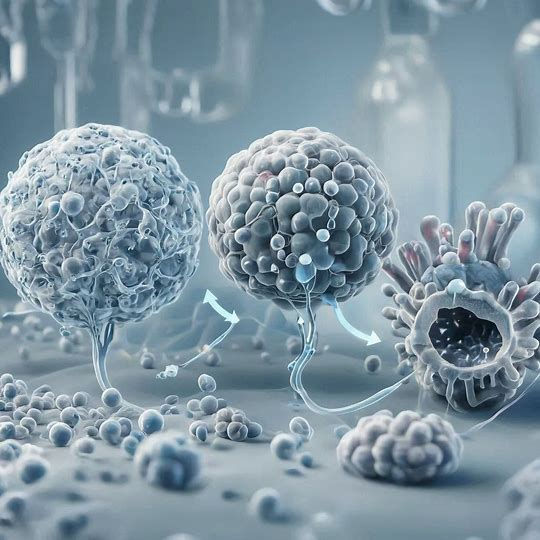
How do Organoids Work?
Creating organoids starts with isolating stem cells from various sources, including embryonic tissue and induced pluripotent stem cells (iPSCs). After isolation, these stem cells are cultured in a controlled environment designed to mimic the natural conditions of the specific organ they will replicate.
Researchers incorporate a blend of growth factors and extracellular matrix components to guide stem cell differentiation. For instance, to generate intestinal organoids, specific signals that encourage epithelial cell growth are introduced. The self-organization process typically occurs over several days, resulting in structures that resemble the target organ.
Organoids can survive in culture for extended periods, often ranging from weeks to months. This longevity enables long-term studies of how cells behave, how they respond to drugs, and how diseases progress over time. For example, researchers used pancreatic organoids to study diabetes, gaining insights into insulin secretion and hormonal interactions.
Origins of Organoids
The journey of organoids began in the early 2000s when scientists started investigating the potential of stem cells to form organ-like structures. The term "organoid" was first coined in 2013 by Hans Clevers and his team, who created intestinal organoids from mouse stem cells—a major breakthrough that proved functional organ models could be developed in the lab. As a result, researchers have since generated organoids from diverse tissues like the liver, pancreas, and even the lungs, opening doors to studying various human diseases.
History of Organoid Research
A timeline of organoid research reveals several significant milestones. In 2006, Shinya Yamanaka's discovery of iPSCs changed the game in stem cell research and allowed for creating patient-specific organoids. In 2013, the development of the first human intestinal organoids demonstrated the practical benefits of organoids for disease modeling.
Following this success, scientists expanded the technology to other organs. A study in 2018 showed how brain organoids could model Zika virus infection, producing vital insights into how the virus affects fetal brain development. Additionally, organoids derived from liver cells have been instrumental in studying hepatitis, providing a platform for testing new antiviral therapies.
Evolution of Organoid Technology
Advancements in stem cell research and tissue engineering have propelled the evolution of organoid technology. Researchers have discovered more efficient ways to generate organoids, improving their consistency. Innovations like microfluidic devices offer precision in controlling growth conditions, resulting in uniform organoid development.
Moreover, 3D bioprinting is another game-changer. This technology allows researchers to create complex organoids composed of multiple cell types that closely mimic the natural architecture of organs. For example, a study showcased how bioprinting could produce liver organoids with distinct zones similar to those found in real livers, helping improve drug metabolism studies.
Applications of Organoids in Research
Organoids have numerous applications in biomedical research. Here are some key areas:
Disease Modeling
Organoids enable researchers to explore the underlying mechanisms of various diseases. By generating organoids from patients with cancers like ovarian or colorectal cancer, researchers can study the cellular changes that occur and understand why some tumors respond better to certain therapies than others.
Drug Testing
Organoids significantly improve drug testing efficiency. Traditional two-dimensional cell cultures often fail to replicate human physiological responses, which can lead to inaccurate results. In a 2020 study, researchers found that organoid cultures could predict patient responses to chemotherapy treatments with 80% accuracy—a major improvement over standard testing methods.
Personalized Medicine
The potential for personalized medicine using organoids is remarkable. By creating organoids from a patient's own cells, researchers can test various treatment options to identify the most effective therapy for that individual. For example, organoids from cystic fibrosis patients can be used to determine the best course of treatment tailored to their unique genetic profiles.
Regenerative Medicine
Organoids also show promise in regenerative medicine. Scientists are investigating the possibility of using organoids to generate functional tissues for transplantation. For instance, liver organoids are being developed as potential liver grafts for patients with liver diseases, aiming to provide alternatives to whole organ transplants.
Challenges and Future Directions
Despite advancements, challenges remain in organoid research. One key issue is the variability observed in organoid cultures, which can lead to inconsistent experimental results. Researchers strive to standardize protocols for replicating organoids to improve their reliability.
Another challenge is the limited lifespan of organoids, as they can only remain functional for a certain timeframe before losing their properties. Efforts to extend their lifespan are ongoing and crucial for long-term studies.
The future of organoid research is exciting. With continual technological advancements, researchers will uncover new applications and enhance existing methods. By integrating organoids with technologies like gene editing and advanced imaging, we are likely to deepen our understanding of complex biological processes and develop new therapies.
The Promise of Organoids
Organoids represent a remarkable step forward in biomedical research. They provide a powerful tool for studying human biology and disease. Their ability to mimic real organ structure and function has opened new avenues for disease modeling, drug testing, and personalized medicine.
As we stand on the brink of what organoids can achieve, the future holds vast potential to transform how we understand health and disease. With dedicated research and technological innovation, organoids may lead to significantly improved treatments and outcomes for many patients in the years to come.
FRANCO ARTESEROS.....










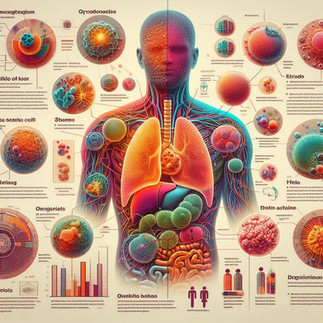



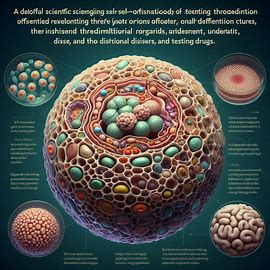

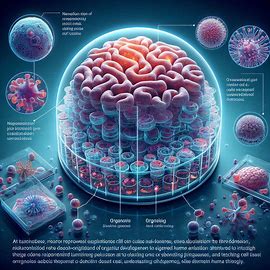

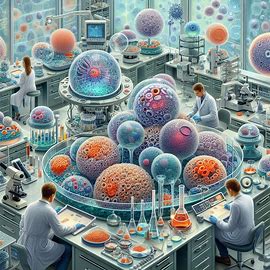

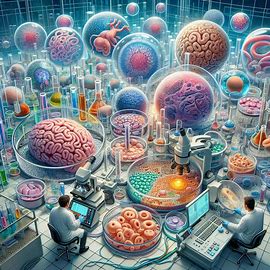













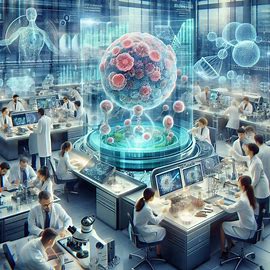

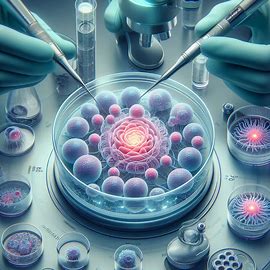

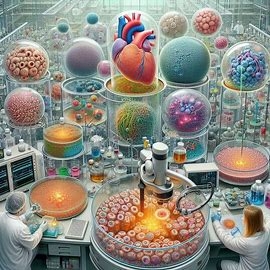

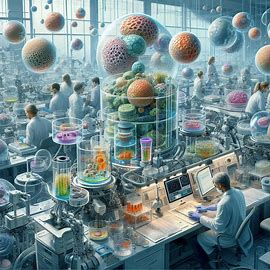



Comments